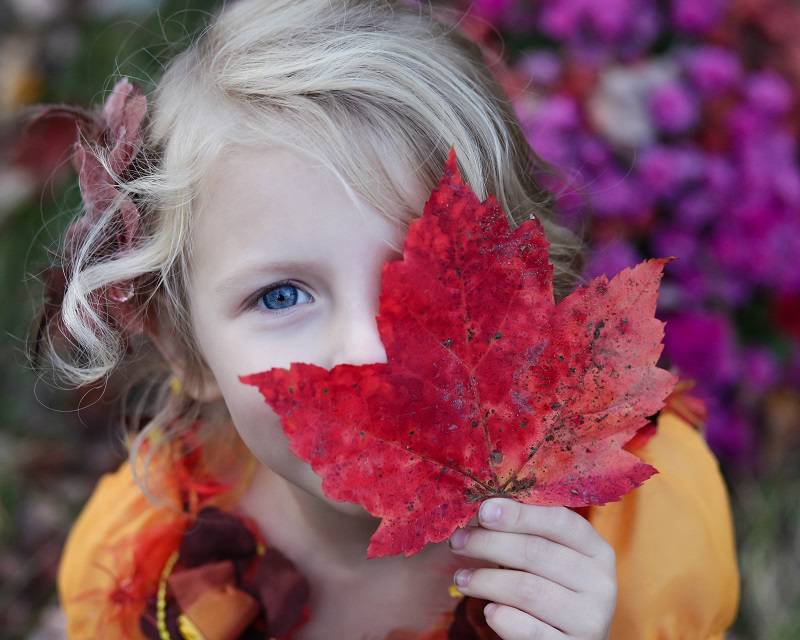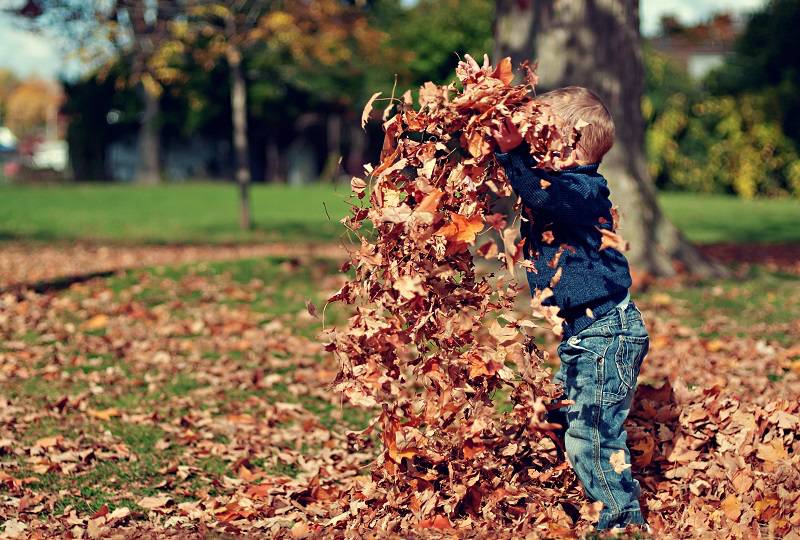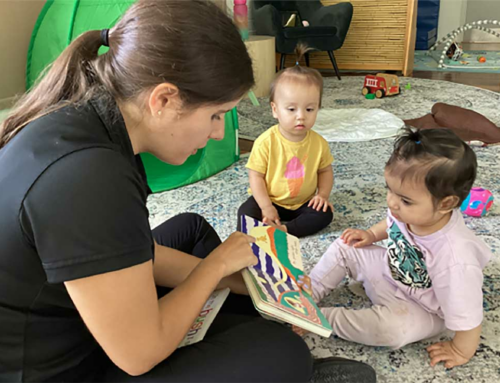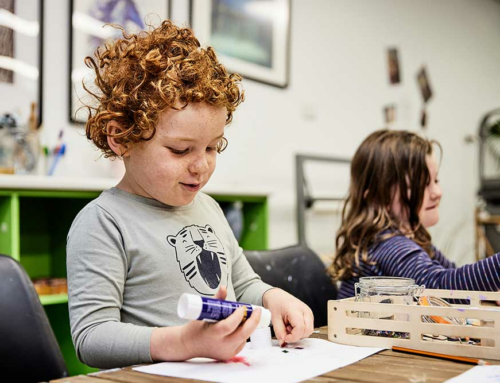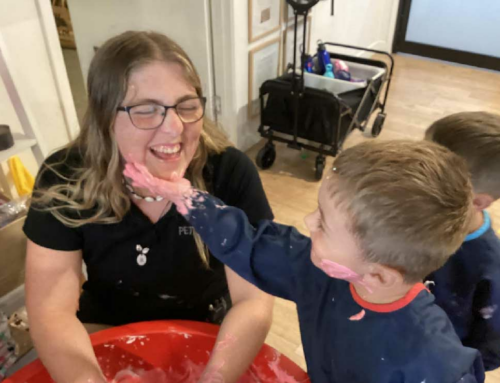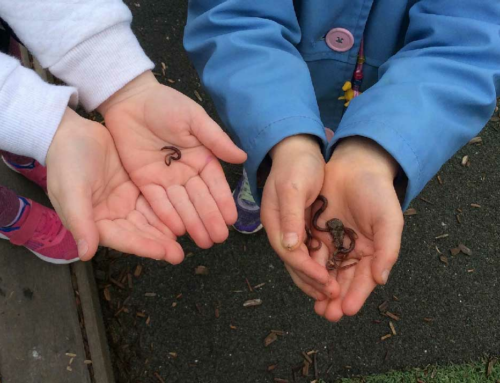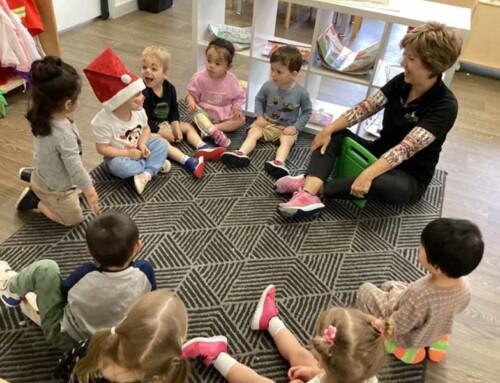Children are curious by nature, so what better way to learn about the earth than by getting your hands into some!
Gardening takes careful planning, hard work and patience–all wonderful virtues to encourage in your growing child.
These children garden activities are suitable for kids of all ages! So get out into the sunshine, get your hands dirty and share with your child some wonderful lessons from mother nature.
Create a vegetable garden
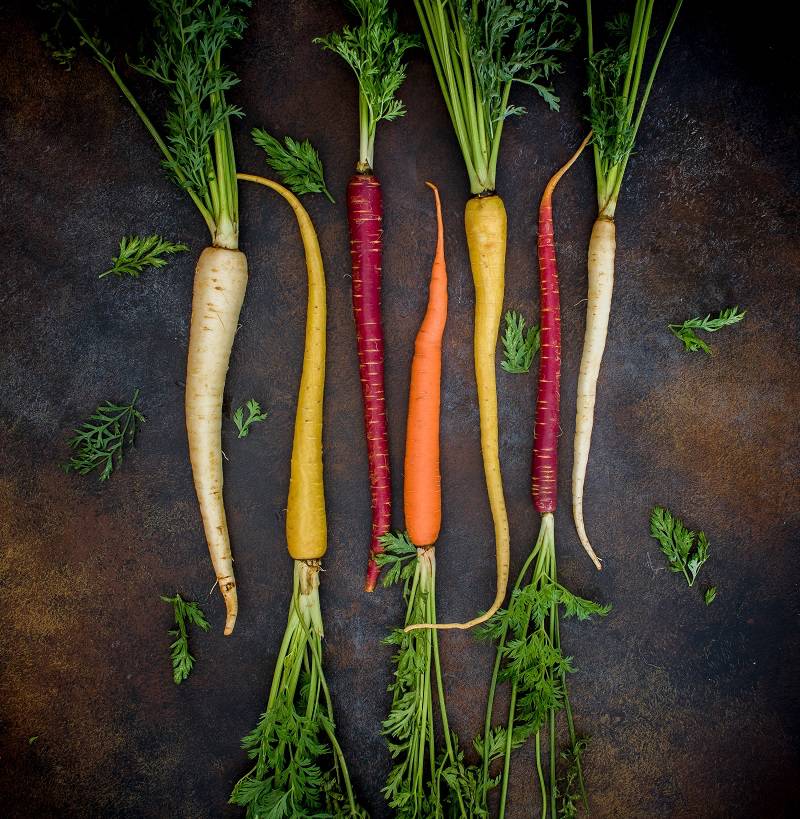
One of the best ways to teach your child about the environment is by helping them plant a veggie garden. Thankfully, it doesn’t have to be big. You can plant veggies in pots if you don’t have the yard space.
Start with a variety of vegetables they enjoy (or at least tolerate) eating and that grow fast–cherry tomatoes, snow peas, lettuce, carrots and strawberries are all good options.
Talk about how the plants need soil, sunshine, water and fertiliser to grow.
Once your crop is ready to pick, you can enjoy munching on them straight from the garden or include them in your child’s meals.
Allow some plants like lettuce to go to seed so your child can see the full life cycle of the plant. They will also learn where all the produce in the supermarket really comes from!
Plant flowers that attract native bees
In your children’s garden, you can plant flowers that attract bees. Ask your local nursery about the best plants for your area which may include lavender, common daisy, grevillea, sage, native rosemary or bottlebrush.
A lot of children find bees fascinating and frightening at the same time. The more you teach your child about these amazing little creatures, the more interested they’ll be.You’ll also be making a positive contribution to threatened bee populations.
Explain how bees live in a colony with worker bees, drones and the queen bee, each with their special job to do. Show them online images of a colony and the bees’ intricate honeycomb home. If you’re fortunate enough to attract bees into your garden, show your child how bees stop and transfer pollen from flower to flower.
You cannot overstate the importance of this for our environment. It’s also interesting to note that bees are the only insects in the world that make food that people can eat. Then, of course, you’ll have to taste some delicious honey on a spoon!
Note: Please be aware of any allergies your child may have before exposing them to bees.
Collect your own rain water
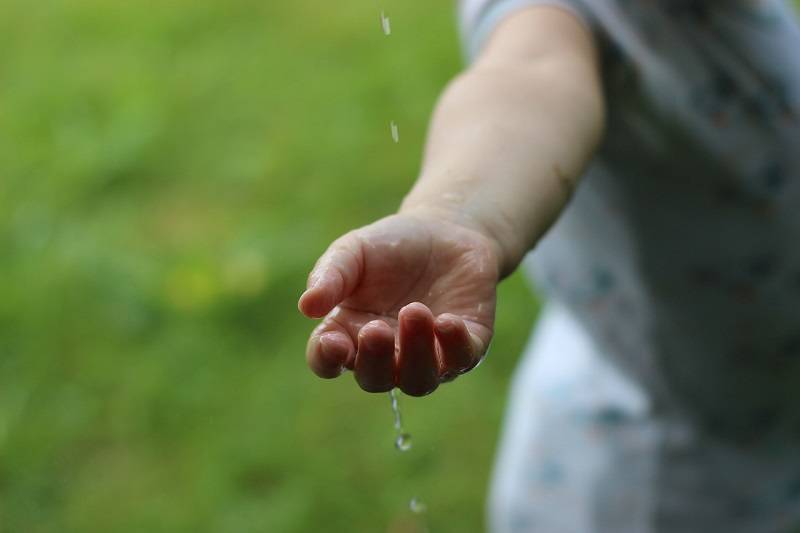
Another great children’s garden activity is collecting rainwater. Have some suitable, clean containers ready for when rain is in the forecast. Collecting rainwater provides you with a wonderful opportunity to talk about weather, how clouds form and, of course, rain!
Once collected, show your child how you can use the water for cooking, watering indoor plants or feeding your pets.
Make a small worm farm
No children’s garden would be complete without some wiggly worms! These delicate creatures love the dark, moist soil. They are great at breaking down leftover kitchen scraps and turning them into rich fertiliser.
Most healthy gardens contain worms, but you may want to create your own worm farm.
Fill any large clear plastic or glass jar with layers of soil and sand, add worms, feed with kitchen veggie scraps, tea bags or even egg shells, and keep covered.
Your child will enjoy watching the worms eat their food and break it down completely. They will see them tunnel through the soil and sand, mixing it all together.
If you find your child becomes a serious worm enthusiast, you might consider investing in (or building) a larger worm farm. Your garden will benefit from the fertiliser produced by these very efficient creatures.
Keep a bucket for food scraps
Now that your child has worms to feed, you can teach them about keeping their food scraps in a separate bucket in the kitchen.
Make sure the bucket is small so it fills quickly enough for them to feed their wriggly friends every day or so. If it’s too big, the food will begin to decompose and the smell might make the job a little less enjoyable.
Make your own compost
Here’s another use for those kitchen scraps. With a suitable container or compost bin, create a compost pile in a corner of your garden.
All you need is equal quantities of kitchen scraps (no meat or dairy) and leaves or garden waste (not mown grass). Turn it with a shovel to allow air in and keep moist.
Teach your child how waste can be converted into nutrient rich soil that can nourish our garden. They will also see how various foods break down quicker than others… and experience the associated smells!
It’s also fun to go out collecting leaves to add to your compost, cleaning up your yard at the same time.
Once your compost is established, your child might also see a variety of worms and slugs, each playing an important part in our ecosystem.
Make a mini greenhouse
You can start your own children’s garden indoors with a mini greenhouse. Especially in colder weather, mini greenhouses are the perfect way to grow your seeds and seedlings.
Your child will be fascinated to see their carefully planted seeds spring to life within days and continue to grow.
Find a suitable pot and fill it with soil. Plant your seeds in the pot. Next, take an empty, one litre plastic bottle and carefully cut off the bottom of the bottle. Using the remaining top of the bottle, place it over the potted seeds, making sure the bottom edge of the plastic is pushed into the soil.
Now you can place your mini greenhouse in a warm, sunny spot and water as per the seed instructions. The plastic will protect your seedlings from bugs and keep the environment warm and moist.
Make sure you keep your mini greenhouse well ventilated by poking small holes in the side of the bottle so fresh air can flow around the plant.
Your child will marvel at the wonder of nature as the seeds becomes seedlings that are ready to plant into the garden.
Grow a plant in water
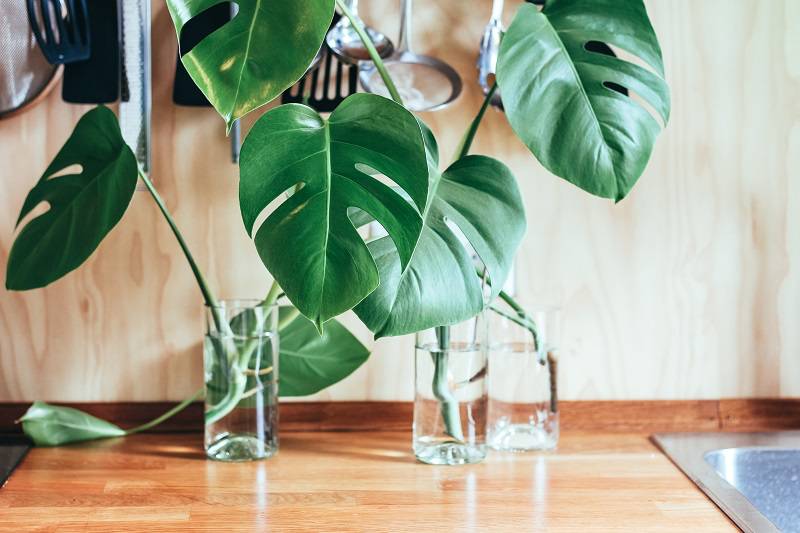
Here’s a simple idea that will give your child a glimpse into the mysterious root system of our plants. Growing a plant in water can take some time, so this project is one you can come back to over and over again.
Find a clear glass bottle, jar or vase to fill with water. Next, choose appropriate plants for your children’s water garden. Varieties such as philodendron, dieffenbachia or wandering dew make perfect water plants.
You may have success just by popping the plant straight into the water. For a better chance of success, add a small piece of charcoal or a pinch of powdered charcoal to make sure the water stays clear and odor-free.
Charcoal is a natural water purifier so it will keep your water cleaner for longer. You can also add a tiny amount of water soluble fertiliser to help your plant grow quicker.
This method for growing plants is not only low maintenance, but the plants are disease and pest resistant, making them long lasting so your child can enjoy watching the growth.
An environment of learning
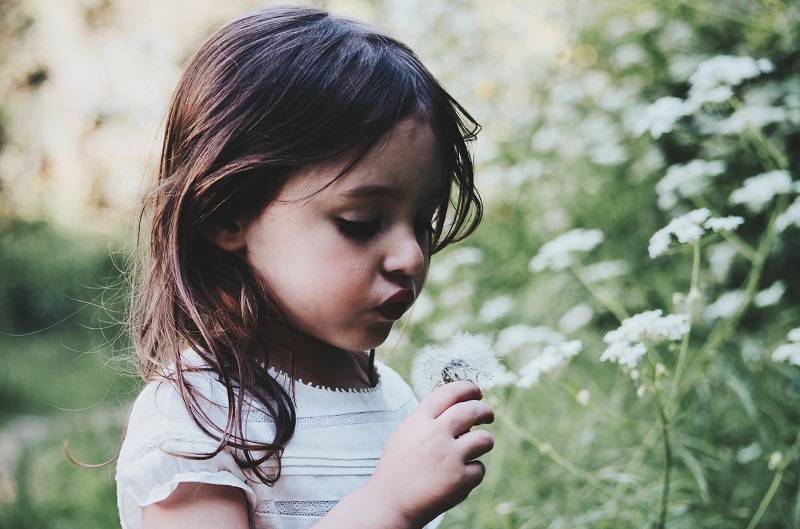
Petit Early Learning Journey brings a sense of hope and wonder through an understanding and respect for the natural environment. The children’s daily activities extend, challenge and stimulate their curiosity for the world around them.
To find out more about Petit’s unique early learning program, meet our team and check out our state-of-the-art facilities, book a tour at a centre near you.
